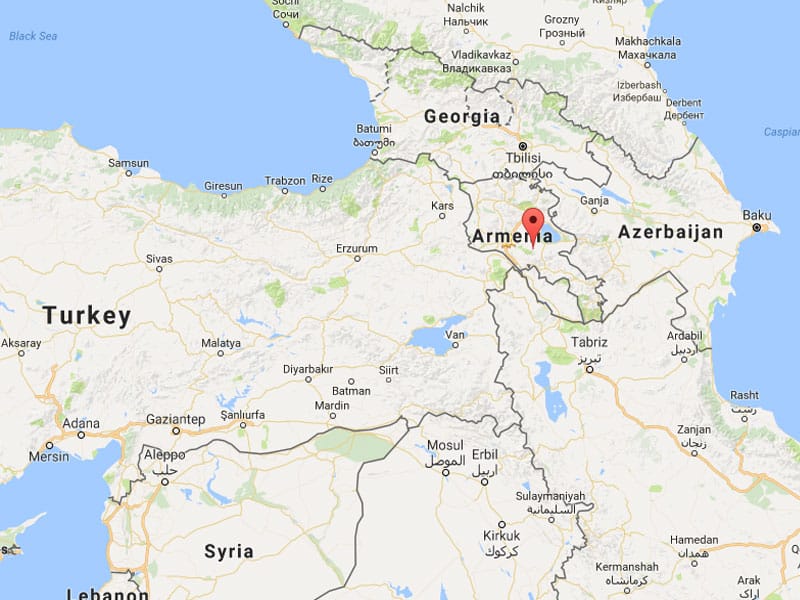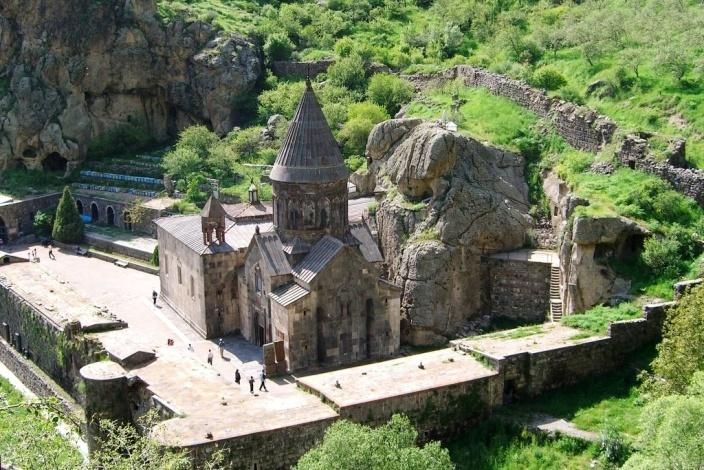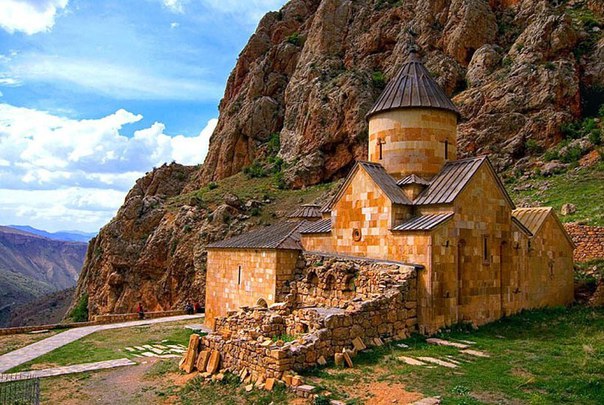Located at the crossroads of Europe and Asia, Armenia may fly under the radar for many travelers. Dig a little deeper to find the right place if you are in search of stunning landscapes, rich history and culture, and delicious cuisine.
Why should it be on your bucket list? Armenia is packed with ancient monasteries and dramatic mountains, but its true gem is welcoming locals. No wonder most tourists coming here can describe it as an emotional and memorable trip.
For first-time visitors, navigating the local culture, attractions, and logistics can seem overwhelming. This is the reason having some solid Armenia travel tips can make your trip much smoother. In this guide, we’ll share essential recommendations on everything from the best time to visit, must-see spots, local currency, and how to get around.
Where is Armenia? Understanding Armenia’s Geography

Armenia is a small but fascinating country located at the crossroads of Europe and Asia, making it a unique blend of both continents. Geographically, it is bordered by Turkey to the west, Georgia to the north, Azerbaijan to the east, and Iran to the south.
This strategic location gives Armenia a rich mix of European and Asian influences in its culture, traditions, and history. Geographically, it’s often labeled as Eurasian as it inherited something from both continents and is like a cultural bridge. No wonder travelers debate: “Is this Europe or Asia?” The answer is it’s a mix. Armenia borrows the best from each, creating a vibe you won’t find anywhere else.
Weather in Armenia

The best time to visit Armenia largely depends on the experience you’re after. For pleasant weather and fewer crowds, spring and fall are ideal. Temperatures are mild during these seasons ranging from 10°C to 30°C, making it perfect for those who do not like summer heat. Traveling in the fall is a great option with crisp air and beautiful autumn colors, especially for outdoor activities like hiking.
Of course, summer is the most active season with many tourists visiting Armenia’s sites. However, bear in mind that it can be rather hot.
Winters have become milder over the last several years from no to little snow in Yerevan. There is snow in the mountainous regions and it’s quite cold and windy depending on the region. At the same time, winter is great for those seeking winter sports and festive celebrations in Yerevan.
Flights and Transportation Tips
To reach Armenia, flying is the most convenient option. The main gateway is Zvartnots Airport located just outside Yerevan. The route from Yerevan downtown to Zvartnots will take only 30 minutes if there is no heavy traffic which has become a real problem in the capital city so far. Direct flights are available from various countries, including Europe and the Middle East, with airlines like Air France, Lufthansa, Wizz Air, FlyDubai, Qatar Airways, Aegean, etc. If you’re traveling from neighboring countries, you can take a train from Georgia, though it’s a slow journey.
Once in Armenia, getting around is easy with apps like gg or Yandex, the equivalent of Uber. Another option is renting a car. Yerevan is walkable, but for exploring the countryside and remote sites, renting a car gives you the flexibility to truly experience the country.
What to Pack When Traveling to Armenia

When traveling to Armenia, pack according to the season. If you’re visiting in the summer, lightweight clothing, sunscreen, and sunglasses are essential. In winter, warm clothes, including a good coat, gloves, and boots, are a must if you are traveling to the northern regions or mountains.
Yerevan has many stores, so don’t worry if you forget something—clothing chains like Zara are available. Besides, you’ll find a variety of food, including international products in supermarkets. Whether it’s toiletries or snacks, you can easily find what you need in the capital, so you won’t be left without essentials.
Armenian Currency
The official currency of Armenia is the dram (AMD), symbolized by ֏. Coins are available in denominations of 10, 20, 50, 100, 200, and 500 drams, while banknotes are in higher values.
ATMs are widely available throughout Armenia, and nearly all stores – may be except small vegetable and fruit kiosks – accept cards. However, it’s not easy to find an ATM when traveling to the country, especially near the sites in the mountains. So, you’d better have cash there. Tourists can exchange currency in all banks and in some supermarkets.
Communication and Language
The official language is Armenian, but many people also understand and speak Russian, especially among the older generations. English is becoming more widely spoken among young people, particularly in larger cities like Yerevan, making communication easier for travelers.
Armenians are known for their hospitality and warmth, always ready to help. If you find yourself lost or in need of assistance, locals will gladly offer directions and even invite you for a cup of coffee.
Must-See Spots

Although Armenia is not a big country, there are a lot of stunning historical monuments. It’s impossible to include them all in our Armenia tourist tips. Every trip starts from Yerevan and its hospitable atmosphere.
Just outside the city, there are stunning monasteries like Khor Virap, offering spectacular views of Mount Ararat. Churches and medieval monasteries are scattered around Armenia, and some of them are on the UNESCO World Heritage list. For those interested in Armenia’s rich Christian heritage, hiking to these remote sites is an unforgettable experience.
Beyond religious landmarks, there are breathtaking landscapes like Lake Sevan, the Dilijan National Park, the city of Gyumri, and many others. Don’t miss visiting one of the local wineries to enjoy the scenery and have a sip of delicious local wines.
Local Cuisine

Armenian cuisine is rich in flavors offering a variety of dishes, from Armenian traditional barbeque like khorovats to ghapama, pumpkin stuffed with rice, raisins and fried fruits. Armenians like bread very much and it’s always on the table together with freshly baked lavash, a soft, thin flatbread.
Vegetarians will find plenty of options. Expect to enjoy seasonal produce, such as tomatoes, cucumbers, eggplants, and juicy fruits like apricots, peaches and pomegranates.
There are many cafes and restaurants offering popular European and Middle Eastern cuisine, so tourists can choose from multiple options.
